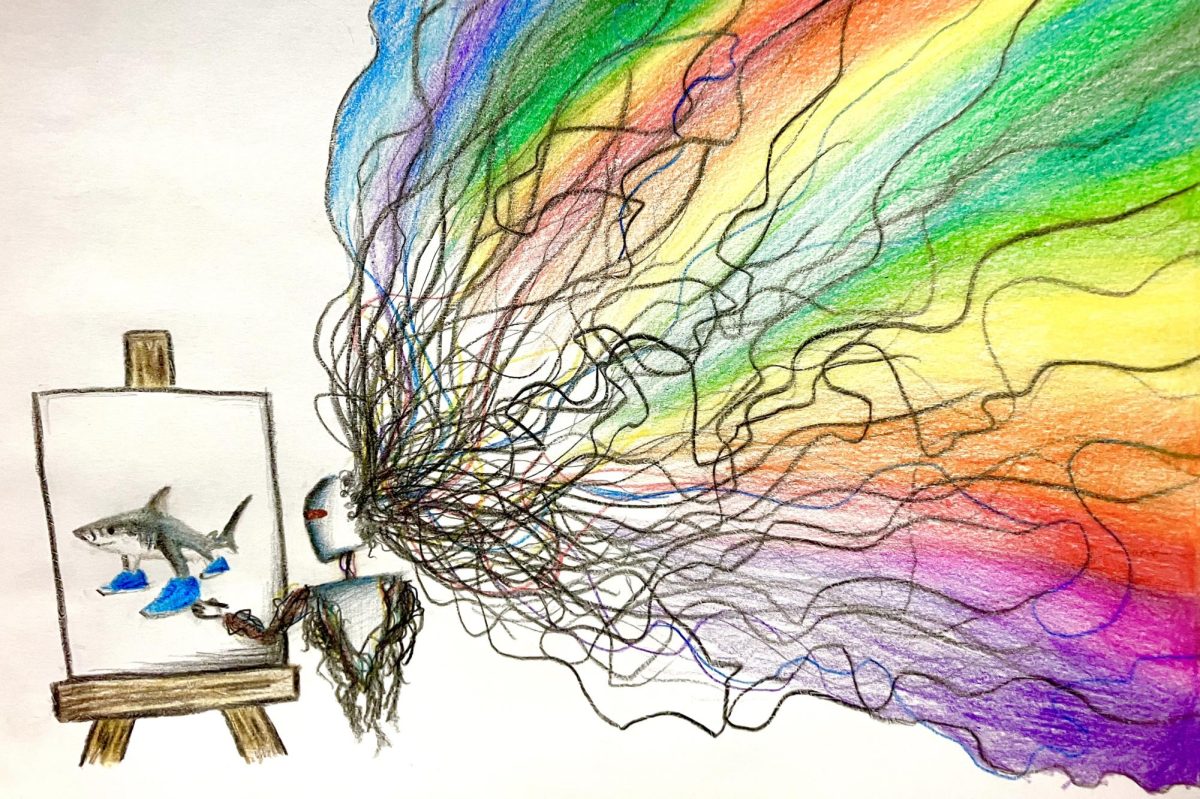Nearly half of those who need mental-health care cannot access it, leading many to turn to artificial intelligence as a cheaper alternative. With the average cost of in-person therapy ranging from $100 to $250 per session, AI therapy apps may seem appealing in theory—but in practice, their drawbacks far outweigh their benefits.
One of the main advantages of AI therapy is its constant availability. Unlike a traditional therapist, an AI program can respond instantly at any time of day. All you need is an internet connection. For people facing long waitlists or financial barriers, this kind of accessibility can sound revolutionary.
So why isn’t AI a better option for therapy?
The answer is simple: AI lacks emotional intelligence. Real therapy depends on empathy, active listening, and a human connection—qualities no algorithm can replicate. An AI chatbot might respond to someone’s pain with generic reassurance, but a licensed therapist recognizes nuance, context, and the warning signs of deeper distress. Most importantly, AI cannot identify when a person is in danger or intervene in a crisis. What seems like a harmless cost-saving tool could have life-threatening consequences when emotional support is most needed.
A more promising solution to the high cost of therapy is online counseling with licensed professionals. Online therapy provides the convenience of remote access while maintaining the compassion and accountability of real human interaction. Many services offer sessions for as little as $40, a fraction of what traditional in-office therapy costs, and clients can still form genuine therapeutic relationships.
While AI may offer convenience and affordability, mental-health care demands more than quick responses. Healing requires empathy, understanding, and connection—things only a human can provide. For those seeking accessible support, online therapy bridges the gap between cost and compassion far better than any chatbot ever could.




